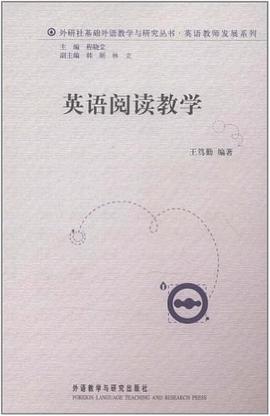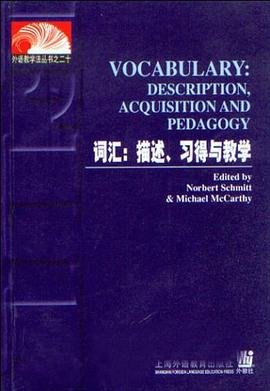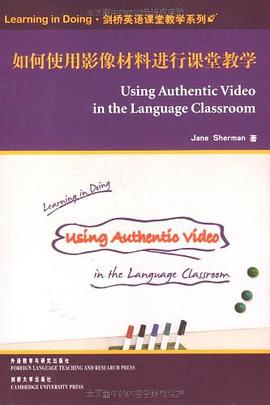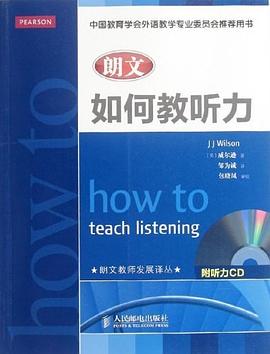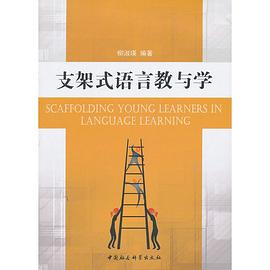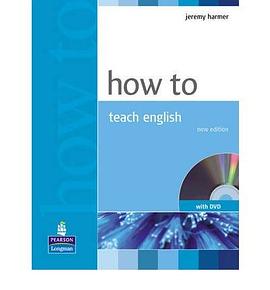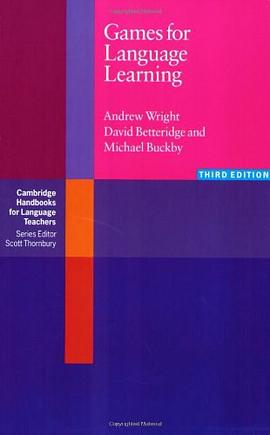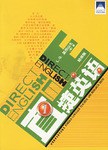

具体描述
《任务型语言教学》从英语语言教学的理论和实践两个层面,为英语教师的教学实践提供理论指导,并为英语教师的在职教育和终生职业发展提供丰富的资源;供在职英语教师和英语语言教学研究者,尤其是英语教育专业的研究生学习使用。
“剑桥英语教师丛书”精选自剑桥大学出版社出版的英语教师教育领域的力作,并由国内英语教育界专家、学者撰写导读。
作者简介
目录信息
导读AcknowledgementsIntroductionCHAPTER ONE What is task-based language teaching? Introduction and overview Defining 'task' Broader curricular consideration Communicative language teaching Alternative approaches to syllabus design Experiential learning Policy and practice Learner roles Conclusion ReferencesCHAPTER TWO A framework for task-based language teaching Introduction and overview A task framework Syllabus design considerations Developing units of work Seven principles for task-based language teaching Conclusion ReferencesCHAPTER THREE Task components Introduction and overview Goals Input Procedures Task types Teacher and learner roles Settings Conclusion ReferencesCHAPTER FOUR An empirical basis for task-based language teaching Introduction and overview Early psycholinguistic models Interaction, output and the negotiation of meaning Task difficulty Conclusion ReferencesCHAPTER FIVE Focus on form in task-based language teaching Introduction and overview Theoretical and empirical issues Focused versus unfocused tasks Consciousness-raising tasks Procedural language The place of a focus on form in an instructional sequence Focus on form in the communicative classroom Conclusion ReferencesCHAPTER SIX Grading, sequencing and integrating tasks Introduction and overview Grading input Learner factors Procedural factors Task continuity Within-task sequencing: the information gap Topic-based/theme-based instruction Content-based instruction Project-based instruction Conclusion ReferencesCHAPTER SEVEN Assessing task-based language teaching Introduction and overview Key concepts in assessment The purposes of assessment Self-assessment Techniques for collecting assessment data Criteria for assessing learner performance Conclusion ReferencesCHAPTER EIGHT Tasks and teacher development Introduction and overview The self-directed teacher An in-service workshop Evaluating tasks Creating tasks Conclusion Postscript ReferencesAppendix A Approaches and methods- an overviewAppendix B A unit of work based on the six-step procedure presented in Chapter 2Appendix C A unit of work based on the task/exercise typology in Chapter 5Appendix D Graded activities for the four macroskillsAppendix E Common reference levels: self-assessment gridGlossaryAuthor indexSubject index
· · · · · · (收起)
· · · · · · (收起)
读后感
评分
评分
评分
评分
评分
用户评价
评分
David Nunan
评分David Nunan
评分大神
评分David Nunan
评分David Nunan
相关图书
本站所有内容均为互联网搜索引擎提供的公开搜索信息,本站不存储任何数据与内容,任何内容与数据均与本站无关,如有需要请联系相关搜索引擎包括但不限于百度,google,bing,sogou 等
© 2025 book.wenda123.org All Rights Reserved. 图书目录大全 版权所有



